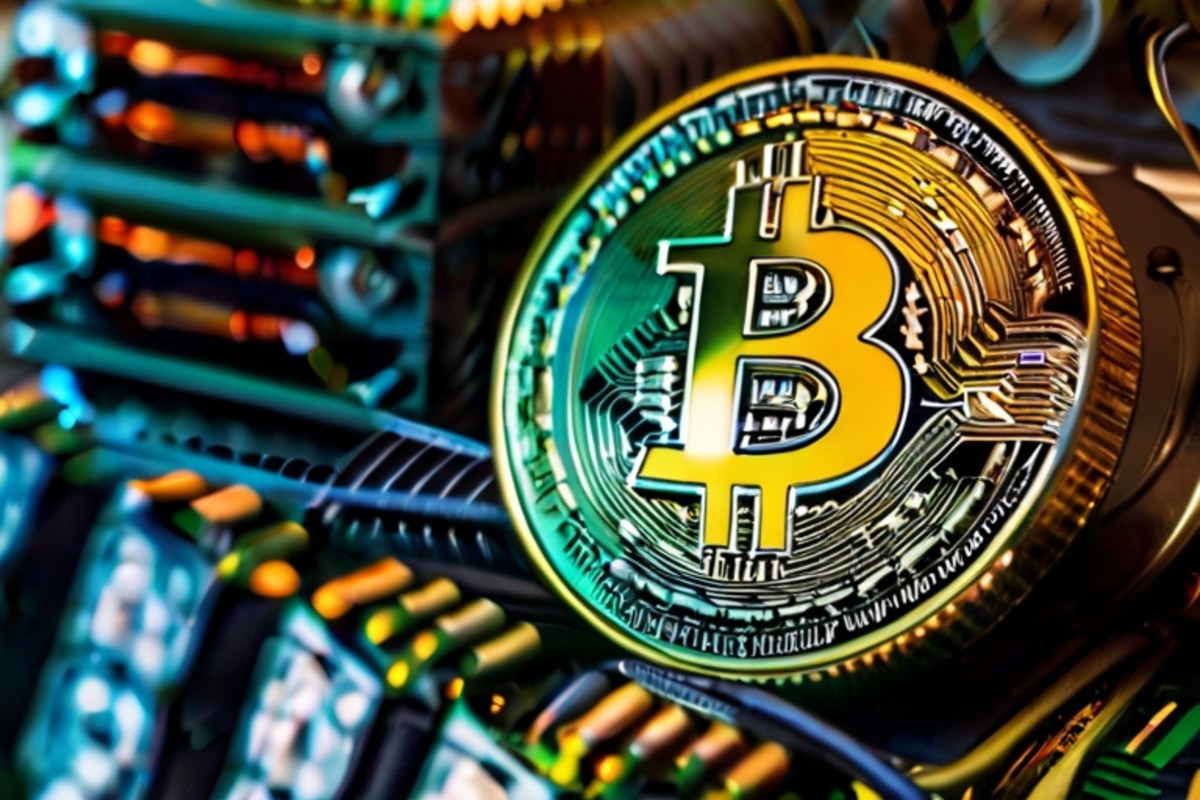Bitcoin’s Lightning Network (LN) capacity recently surpassed an all-time high of 5,000 BTC.
The Lightning Network is a neutral protocol built on top of Bitcoin and currently it does not have a “native” token attached to it like many decentralized finance platforms.
Although the Lightning Network’s total liquidity is less than 0.5% of the ETH in DeFi contracts, the uptrend in Bitcoin’s LN capacity versus a downtrend in the amount of ETH locked in smart contracts is encouraging for LN development.

While the liquidity on the LN has been rising consistently, the number of channels on the peer-to-peer network dropped drastically in November following the FTX collapse. It could be due to an exodus of miners operating LN nodes besides running mining clients.
However, the likely end of miner capitulation and the rise of Bitcoin-based applications like NFTs could mark an end to LN channel capitulation. Since the start of 2023, over 2,000 new channels have been added to the network.

A Valkyrie Investments report stated that LN adoption was picking up speed in emerging markets like South America and Africa, primarily due to efforts of the LN mobile payment application, Strike.
In December 2022, the firm launched an LN-based remittance service in Africa. The service offers no-cost transfers from the U.S. to Africans in Nigeria, Ghana and Kenya. Later, Strike announced a similar program in the Philippines.

More recently, the firm announced dollar payments using LN, where users can potentially send dollars from the Strike’s cash balance to savings and VISA-enabled accounts. The app will convert USD to BTC in the background and convert to USD at the destination. Since LN is fast and cheap, the risk due to Bitcoin’s price volatility is minimal.
The cost of international payments from the U.S. can rise as high as $45 per transaction, with transfers taking hours or sometimes days. Thus, users could start preferring Strike-based payments over traditional remittance channels.
A recent report from Marty Bent found that the LN payments have risen this year on the top Lightning Network wallets, Wallet of Satoshi. Moreover, a podcasting platform, Podcasting 2.0, that accepts LN payments also recorded an uptick in tips sent to creators.
Related: Retail giant Pick n Pay to accept Bitcoin in 1,628 stores across South Africa
Nostr is boosting LN adoption
Another factor influencing the adoption of LN is the launch of Nostr. According to the protocol’s Github page, Nostr is a simple, open protocol that enables global, decentralized and censorship-resistant social media. The protocol allows social media applications to be built on it.
Damus, a Twitter lookalike, implements Nostr with an IOS and Android application. The idea of an open and free social media network reverberates the strongest in the crypto space. Bitcoin pioneers like Jack Dorsey and Adam Back have strongly endorsed Nostr.
Besides similarities in ideology, Nostr can boost LN adoption as Damus has integrated various LN wallets like Wallet of Satoshi, Strike, BlueWallet, and others. A report from LN analyst, Kevin Rooke, cited that over 600,000 users signed up on Nostr. This could help onboard users to LN as Nostr inherently supports the Bitcoin payment network through Nostr Zap.
The Lightning Network is a neutral protocol built on top of Bitcoin, with no token attached to it, avoiding speculation. There is a potential for yield for LN nodes as fees for facilitating transactions and providing liquidity. However, in the current state, the earnings are negligible. Hence, the Lightning Network’s growth appears organic and well-positioned to become the leading global payment network, which prominent personalities in this space have predicted.
The views, thoughts and opinions expressed here are the authors’ alone and do not necessarily reflect or represent the views and opinions of Cointelegraph.
This article does not contain investment advice or recommendations. Every investment and trading move involves risk, and readers should conduct their own research when making a decision.











